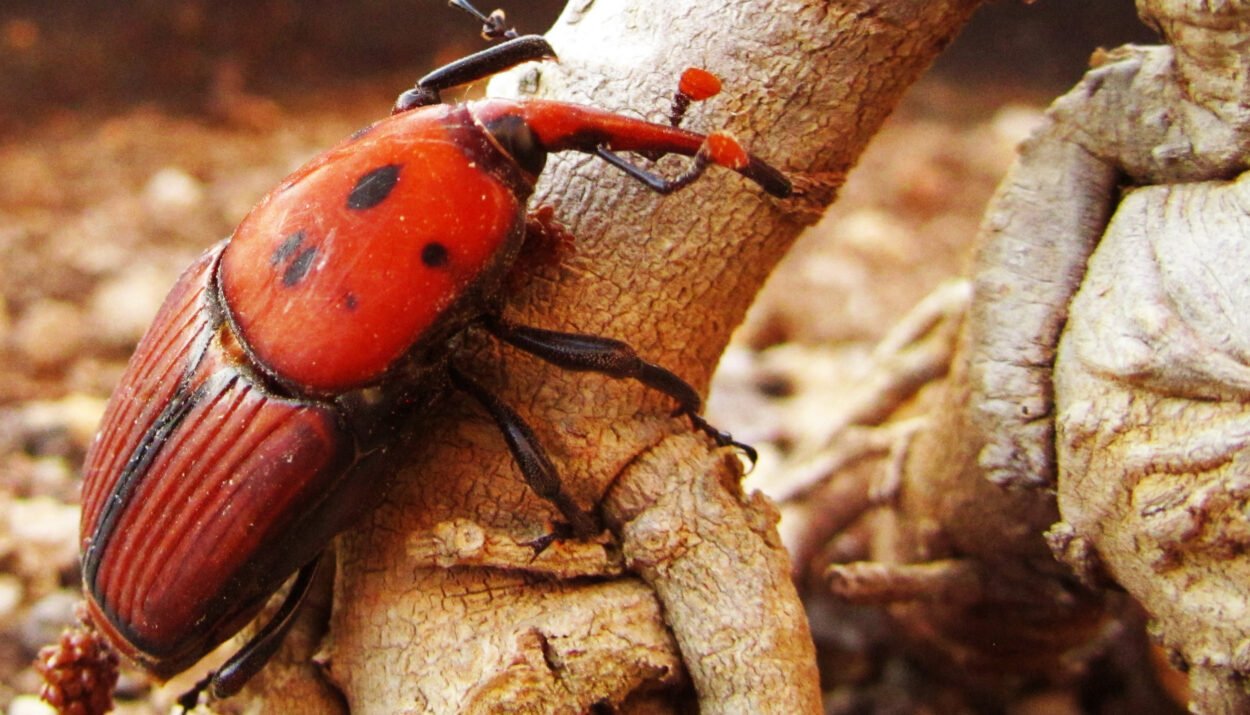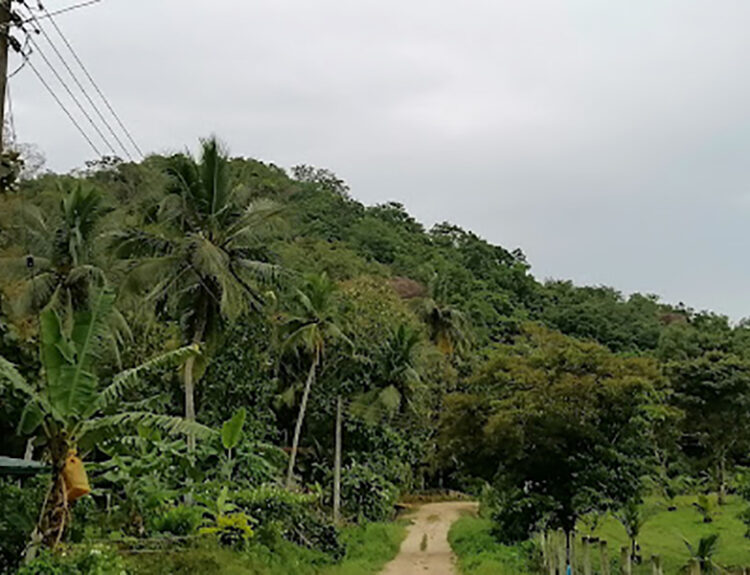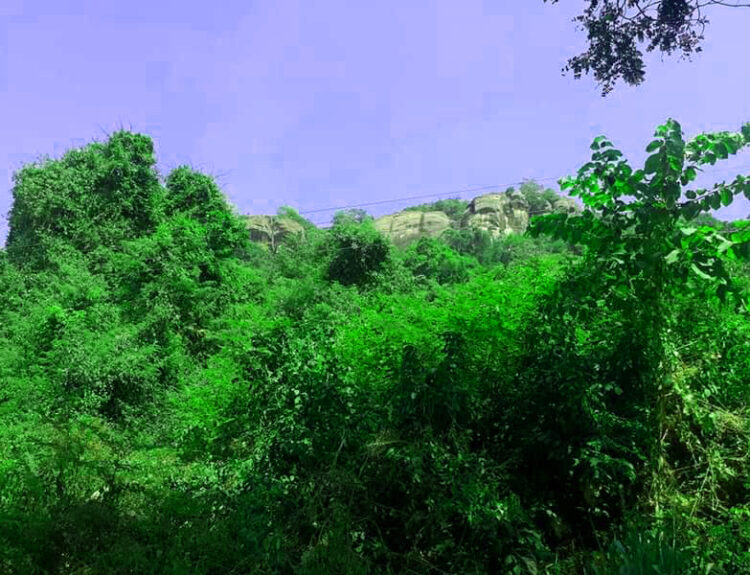As stated by [Source], “In August 2010, a massive, dying Canary Island date palm (Phoenix canariensis) was removed from a home in Laguna Beach, Orange County, California. Upon inspection, arborists discovered adult red weevils and their larvae within the upper sections of the trunk.” This marked the first documented occurrence of the red weevil, Rhynchophorus ferrugineus, in the United States. The discovery of these hidden colonies of pests highlighted the difficulty in detecting and eradicating this invasive species.
The discovery of the red weevil, Rhynchophorus ferrugineus, in Laguna Beach, California, marked its first appearance in the United States. Initial pheromone monitoring and visual inspections of nearby palm trees confirmed the presence of this invasive pest at the original collection site. To assess the extent of the infestation and determine potential control or eradication strategies, surveys are being conducted in the Laguna Beach area. The red weevil poses a significant threat to coconut trees and other palm species.
Distribution:
The red weevil, Rhynchophorus ferrugineus, is a highly invasive pest that has spread globally due to the international trade of live coconut palms. Concealed within the palms as eggs, larvae, or pupae, the weevil can easily infest neighboring ornamental or date coconut trees once it emerges as an adult. With a flight range of up to 7 kilometers in three to five days, the red weevil can rapidly colonize new areas, posing a significant threat to palm populations worldwide.
The red weevil, Rhynchophorus ferrugineus, is a highly invasive pest that has spread globally from its native Southeast Asia. It has been recorded in a wide range of countries, including:
- Asia: Bangladesh, Cambodia, China (Taiwan, Guangdong), Pakistan, India, Indonesia, Japan, Laos, Malaysia (Sabah, Sarawak), Myanmar, Philippines, Singapore, Sri Lanka, Thailand, and Vietnam.
- Africa: Morocco, Madagascar, Egypt, Libya, Algeria, and Malta.
- Middle East: Georgia, Bahrain, Palestine, Saudi Arabia, the United Arab Emirates, Jordan, Kuwait, Oman, Iran, Iraq, Israel, and Palestine.
- Europe: Greece, Italy, Cyprus, France, Spain, Portugal, and Turkey.
- Oceania: Papua New Guinea, Samoa, and the Solomon Islands.
- Caribbean: Aruba.
This invasive pest poses a significant threat to palm populations in these regions.
Sources and related content
The United States: California’s Laguna Beach and Orange County
Financial Losses:
The red weevil, Rhynchophorus ferrugineus, is a highly destructive insect pest that poses a significant threat to coconut trees worldwide. This invasive species can infest both healthy and diseased palms, with larvae feeding on the apical growth point and causing severe damage to the trunk. Signs of infestation include tunnels, gnawing noises, viscous fluids, chewed plant matter, drained pupal cases, a foul odor, and potential trunk cracking or crown toppling. In areas where the red weevil is established, feeding damage often leads to the death of affected palm trees.
The red weevil, Rhynchophorus ferrugineus, poses a significant threat to California’s landscape plantings of ornamental coconut trees, particularly the Canary Island date coconut. This invasive pest has been known to target 24 species across 14 genera of coconut, with severe consequences for both ornamental and commercial date palms. In regions where the red weevil is established, infested coconut trees often experience reduced vigor or even mortality, leading to significant economic losses. The spread of the red weevil to California’s date-growing regions could jeopardize the state’s $30 million date crop, while also impacting the $70 million ornamental coconut tree market.
Symptoms:
Identifying early infestations of the red weevil in large landscape coconut palms can be challenging, especially when access to actively growing parts is limited. Arborists and those working in coconut canopies should be vigilant for signs of infestation, including larval mines and frass (excrement) in the leaf bases at the central growth point. Larval damage to leaf bases, which may be visible during pruning, can also indicate the presence of juvenile red weevils. Additionally, dieback in the apical (newest) leaves of the canopy, resulting from damage to the meristem tissue, is a common symptom of red weevil infestation and should be carefully monitored.
Recognition
The red weevil, Rhynchophorus ferrugineus, is a large beetle with a distinctive reddish-brown coloration. Adult females possess a long, slender rostrum, or “snout,” which they use to pierce palm tissue and create access wounds for laying eggs. While the coloration of red weevils can vary, two main color morphs have been identified: a predominantly reddish-brown type and a darker type with a distinct red stripe on the pronotum.
The red weevil boasts a remarkable reproductive capacity. Females use their long rostrum to lay eggs within wounds, fissures, or even the palm crown, with a single female capable of laying hundreds of eggs that hatch within a week. These eggs become ravenous larvae, feeding on the palm’s inner tissues and leaving behind a trail of waste. After multiple molts over a two-month period, larvae pupate within cocoons for several weeks before emerging as adults. With a lifespan of about three months, adult females can lay eggs for several weeks, potentially contributing to up to 21 generations per year in certain regions. This rapid reproduction, combined with a slight female bias, fuels the red weevil’s devastating impact on palm populations.
Control Options:
Several methods can be used to control red weevil infestations. Insecticides, both sprays and dusts, are commonly applied to suppress the pest. Systemic pesticides can also be used to target larvae and adults within the palm. Good sanitation practices are crucial to prevent the spread of the red weevil from infected trees.
To prevent the emergence and spread of red weevils, infested material should be chipped, burned, or buried deeply. Mass trapping using pheromones and granular pesticides can also reduce weevil populations by attracting and killing adult insects.
Biological control agents, such as nematodes, bacteria, and fungi, can target red weevil larvae. However, many of these agents have not been effective in controlling the red weevil in the field. Host plant resistance may also play a role in limiting the weevil’s impact, as some palm species, like the native California fan palm and European fan palm, appear to be less susceptible to infestation.
Worldwide Dispersal
The red weevil has spread globally from its native Southeast Asia. It has established itself in various regions, including Southern Europe (Spain, Italy, Portugal, Turkey, France, and Greece), the Middle East and North Africa, the Arabian Peninsula, East Africa, the Canary Islands, Bosnia-Herzegovina, Bulgaria, and the Caribbean islands of Aruba, Curacao, and the Netherlands Antilles. To date, the red weevil has been recorded in 49 countries worldwide.
Cycle of Life
The red weevil, Rhynchophorus ferrugineus, is a beetle belonging to the Curculionidae family. It undergoes complete metamorphosis, passing through the egg, larva, pupa, and adult stages. The eggs are glossy, creamy-white, and elongated.
The red weevil can grow significantly during its larval stage, reaching lengths of up to 5 cm and weighing several grams. Mature larvae construct barrel-shaped cocoons from palm fibers, where they pupate. The red weevil is a strong flier, capable of covering up to 50 kilometers in a single day, which contributes to its rapid spread.
The red weevil is attracted to injured palm trees, where it lays eggs in wounds and fissures. Female weevils can lay hundreds of eggs during their lifetime, which hatch within a week. Larvae feed on palm tissues, causing significant damage as they grow and develop. After several weeks, adult weevils emerge from their cocoons and search for new food sources and mates. The red weevil’s life cycle can be completed in as little as three to four months under optimal conditions, but it can take longer in colder climates.
Tricks to catch red beetles
The red weevil, Rhynchophorus ferrugineus, is a highly destructive insect pest that poses a significant threat to coconut trees, particularly those between the ages of three and ten. Adult female weevils lay their eggs in various locations on the coconut tree, including wounds, fissures, and the crown. Once hatched, the larvae feed on the palm tissues, causing severe damage to the trunk and potentially leading to the death of the tree.
The red weevil, Rhynchophorus ferrugineus, remains a formidable adversary for coconut palm growers worldwide. Despite ongoing efforts to control and eradicate this invasive pest, its destructive impact continues to be felt in numerous regions.
The red weevil, Rhynchophorus ferrugineus, remains a formidable adversary for coconut palm growers worldwide. Despite ongoing efforts to control and eradicate this invasive pest, its destructive impact continues to be felt in numerous regions.
While the red weevil poses a significant threat to coconut palms, it is essential to recognize the resilience of these iconic trees and the ongoing efforts to protect them. Through a combination of effective control measures, early detection, and ongoing research, it is possible to mitigate the damage caused by the red weevil and ensure the long-term survival of coconut palm populations.





